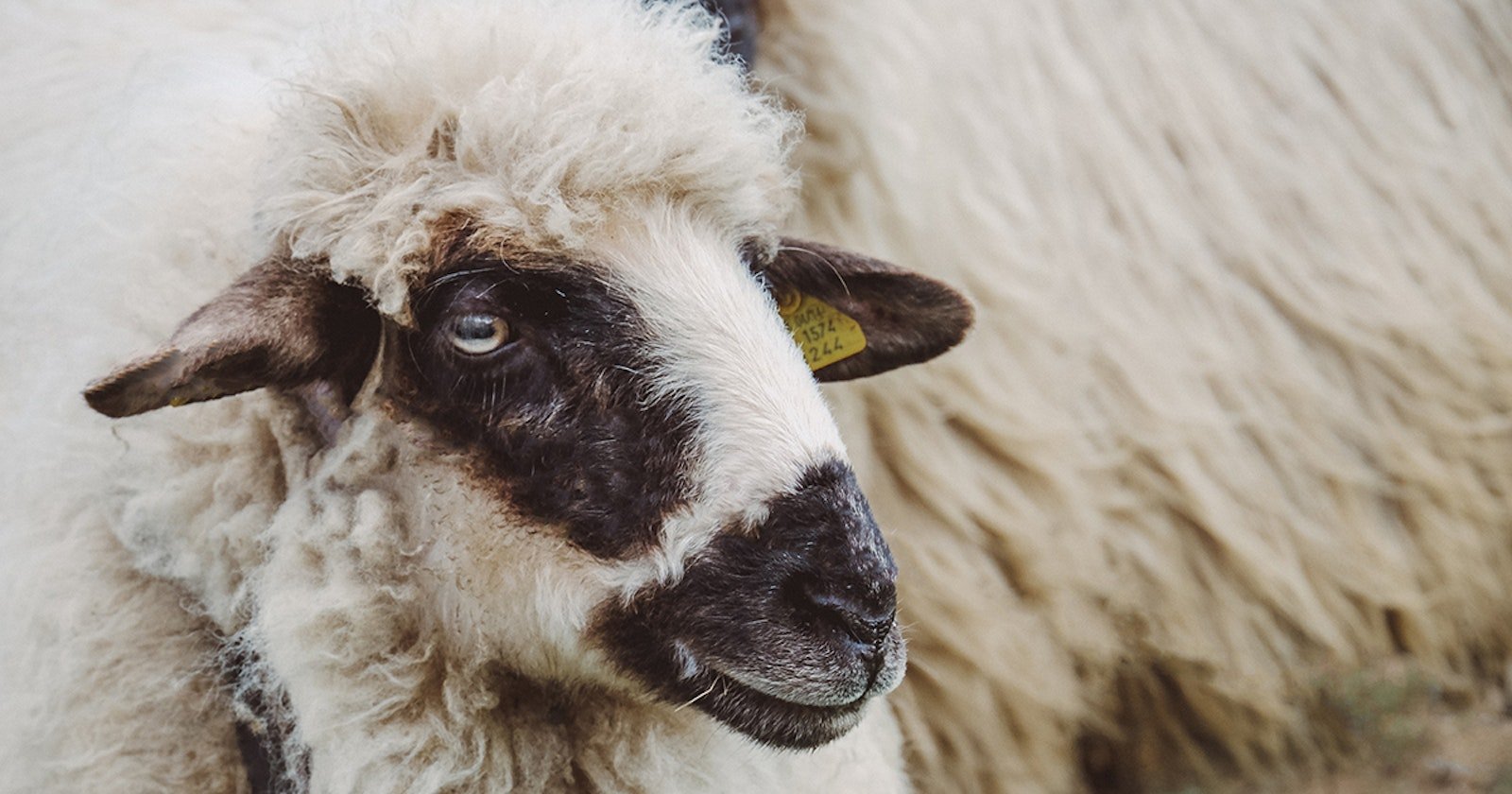The Work of Weaving
The first time we spoke, Norman Kennedy wasn’t entirely certain he wanted to do a video about spinning, weaving, and waulking.
 | |
| Norman Kennedy established a weaving school near his home in rural Vermont. | |
 | |
| Norman stands with the wedding blankets, which are drying on the line after weaving and waulking. Photo by Kate Smith |
It had been years, he explained, since he had last woven blankets on one of the huge barn looms in the weaving studio loft. The looms are now mostly used by students at the Marshfield School of Weaving, which Norman founded years ago and which is now operated by one of his former students. Perhaps, I suggested, he could just weave a bit to show how it was done, and then the fabric could be waulked just a little.
As I was to learn, I had no idea what I was asking.
The next time I called, he said, “Right. Tell me what you want, and then I’ll tell you what we’re going to do.” He went on to say that he would be weaving a pair of traditional wedding blankets, complete with handspun weft and indigo-dyed stripes in the warp. Afterwards, he would gather a small group of handpicked friends who knew how a proper waulking was done. This tremendous amount of work needed to be completed to demonstrate the process properly. After all, as he pointed out, traditional waulkings are rare now even in his home country of the United Kingdom. So a date was set for the film crew to visit Norman to film From Wool to Waulking: Spinning Wool and Creating Cloth with Norman Kennedy.
Generations of Weavers
 | |
| Norman Kennedy served as Master Weaver |
Norman Kennedy learned about spinning, weaving, and other fiber techniques at the knees of elders in Scotland and around the globe. Even in his youth, the traditional methods were disappearing, and the old people still practicing the crafts didn’t understand why he was so interested in skills that were being replaced by modern machinery. Just as the spinners and weavers of previous generations had shared their knowledge with him, Norman felt the calling to pass it along to new spinners and weavers.
It was this desire to preserve a lifetime of textile skills that brought Norman back to weaving yards and yards of fabric on an old wooden loom. He wove the last few inches for us, demonstrating his tricks for changing pirns smoothly and measuring the length of fabric yet to weave. His hands moved rhythmically across the beater, which was well worn by centuries of use. Patting the smooth, polished wood, he recounted how one weaver had called that area the “happy, sweet landing.”
After pulling the fabric off the loom with obvious delight, Norman took it home to prepare for the next evening’s waulking. The waulking is a sight to behold, as are the finished pieces he pulled from storage to show his work over the years. A fine wool suit, a spectacular overshot coverlet colored with natural dyes, and softer wool blankets piled up and overflowed his couch as the stories of their creation spilled forth.
Visiting with Norman, watching his expert hands work, and listening to his directions and stories made for a few days I’ll never forget. With the video From Wool to Waulking, you can get lost in a visit with Norman any time you like.


